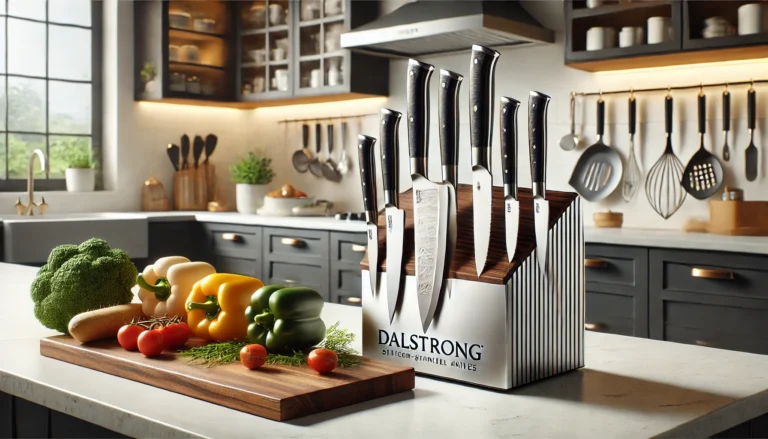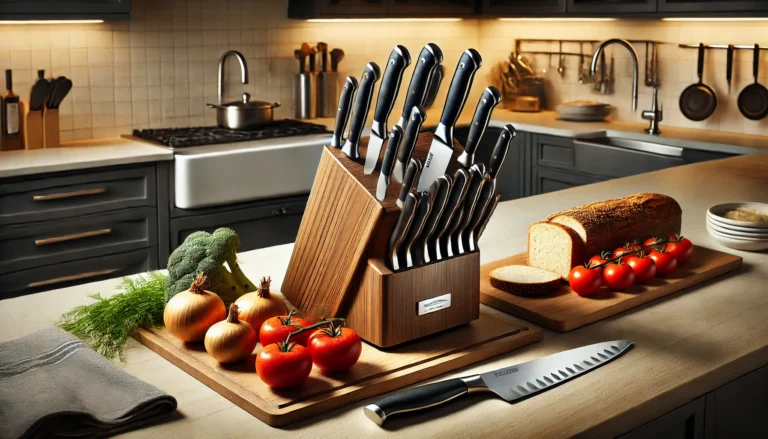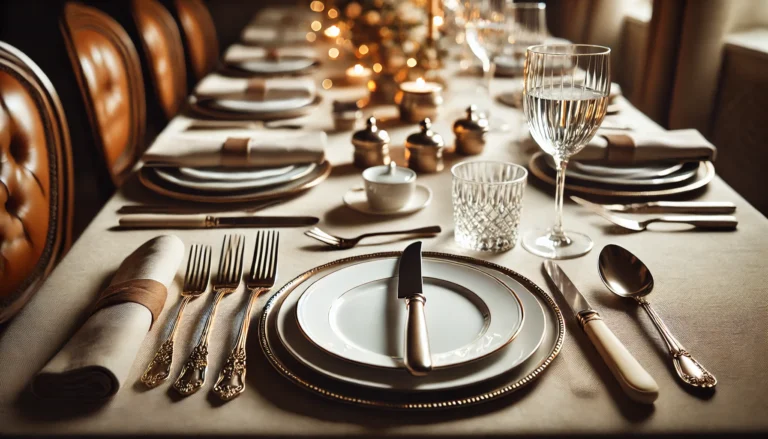
Whether you’re a knife enthusiast, a collector, or an outdoor adventurer, understanding the background and history of your Schrade knife adds a layer of appreciation and value. How to date a Schrade knife is not just about knowing when it was made; it’s about uncovering the story behind the blade. In this blog post, we’ll guide you through the process of dating a Schrade knife, provide tips for identifying key features, and share some fascinating insights that will deepen your connection to your prized possession.
How to Date a Schrade Knife? (Short Answer)
To date, a Schrade knife starts by examining the tang stamp on the blade. This stamp usually includes information about the knife’s manufacture date. Next, look at the design and materials used; older knives often feature different handle materials and blade shapes. Researching serial numbers or consulting collector’s guides can also be helpful. Finally, check online forums and databases for additional insights from other enthusiasts.
The Legacy of Schrade Knives
Schrade knives boast a rich history dating back to 1904 when George Schrade first founded the company in Walden, New York. Known for their quality craftsmanship and innovative designs, Schrade knives have become highly sought after by collectors and enthusiasts alike. Understanding the company’s legacy can provide valuable context when trying to date your knife.
Recognizing Schrade Knife Models
One of the first steps in dating a Schrade knife is identifying its model. Schrade has produced numerous knife models over the years, each with unique characteristics. Look closely at the blade and handle for any markings or engravings. These details can often provide clues about the knife’s age and model.
Collecting Historical Catalogs
Historical catalogs are invaluable resources for identifying Schrade knives. They often include detailed descriptions and images of various models, making it easier to pinpoint your knife’s origins. Online forums and dedicated collector websites frequently archive old catalogs, providing a treasure trove of information.
Inspecting Blade Markings
Blade markings are another key indicator of a Schrade knife’s age. Over the years, Schrade altered their stampings and logos. For instance, earlier models may feature “Schrade Cut Co,” while later versions might display “Schrade Walden” or “Schrade USA.” By studying these markings, you can narrow down the production era of your knife.
Handle Materials and Designs
The materials and designs used in Schrade knife handles have evolved. Early models often featured bone, stag, or wood handles, whereas more recent versions may use synthetic materials. Observing these elements can offer additional clues about the knife’s production period.
Understanding Tang Stamps and Serial Numbers
Tang stamps and serial numbers are crucial in dating Schrade knives. The tang stamp is typically located on the blade’s base, near the handle. These stamps have changed over the years, reflecting different phases in the company’s history.
Deciphering Tang Stamps
To decipher tang stamps, you’ll need to familiarize yourself with the various marks used by Schrade throughout its history. For example, knives from the early 1900s may bear the tang stamp “SCHRADE CUT CO,” while those from the mid-20th century might have “SCHRADE-WALDEN.” Understanding these distinctions will help you date your knife more accurately.
Serial Numbers and Dating
In some cases, Schrade knives feature serial numbers, which can be instrumental in determining the knife’s age. Serial numbers were often used for limited edition or special production runs. Cross-referencing the serial number with historical records or connecting with fellow collectors can yield valuable insights.
Online Resources and Forums
The internet is a goldmine for knife enthusiasts looking to date their Schrade knives. Online forums and communities dedicated to knife collecting often have members with extensive knowledge and resources. Participating in these discussions can provide you with additional information and verification of your findings.
Leveraging Expert Opinions
While self-research is a great starting point, consulting with experts can provide authoritative insights into dating your Schrade knife. Knife appraisers, historians, and experienced collectors can offer professional evaluations and confirm your findings.
Visiting Knife Shows and Conventions
Knife shows and conventions are excellent opportunities to connect with experts and fellow enthusiasts. These events often feature appraisal services, where you can have your knife evaluated on-site. Additionally, you can learn from seminars and presentations on knife history and identification.
Engaging With Online Communities
Joining online knife communities, such as dedicated Facebook groups or specialized forums, can expand your network of knowledgeable contacts. Here, you can share images and details of your Schrade knife and seek input and advice from seasoned collectors and experts.
Utilizing Professional Appraisal Services
If you want a definitive assessment of your Schrade knife’s age and value, consider hiring a professional appraiser. These experts have the tools and expertise to provide an accurate evaluation, giving you peace of mind and a documented appraisal for insurance purposes.
Protecting and Preserving Your Schrade Knife
Once you’ve dated your Schrade knife, it’s essential to protect and preserve it properly. Proper care will maintain its condition and value, ensuring it remains a cherished part of your collection for years to come.
Cleaning and Maintenance Tips
Regular cleaning and maintenance are vital for preserving your Schrade knife. Use a soft cloth to wipe down the blade and handle, removing any dirt or moisture. Avoid harsh chemicals that could damage the materials. Periodically oiling the blade will prevent rust and keep it in prime condition.
Storage Solutions
Storing your Schrade knife correctly will protect it from damage and deterioration. Consider using a knife roll or display case to keep your collection organized and safe. Ensure the storage environment is dry and free from extreme temperatures, as humidity and heat can negatively affect the knife’s materials.
Displaying Your Collection
If you choose to display your Schrade knives, do so in a way that minimizes exposure to harmful elements. Using display cases with UV protection will shield the knives from sunlight, which can cause fading and discoloration. Rotating the knives periodically will also prevent uneven wear.
Conclusion:
Dating a Schrade knife is a rewarding endeavor that enhances your appreciation for these remarkable tools. By following the steps outlined in this guide—identifying models, examining tang stamps and serial numbers, leveraging expert opinions, and properly maintaining your knife—you’ll uncover the rich history of your Schrade knife. Whether you’re a seasoned collector or just starting, this knowledge will deepen your connection to your collection and enrich your appreciation for the art of knife-making.
FAQs
The tang stamp on your Schrade knife indicates the period and factory where it was made. By comparing your knife’s tang stamp with historical references, you can narrow down its production date and place in Schrade’s history.
Handle materials can provide clues about the age of your Schrade knife. Older knives might have handles made from bone, stag, or wood, while newer models often use synthetic materials. Examining the handle’s material and design can help you estimate the knife’s production era.
Yes, serial numbers are important for dating your Schrade knife, especially for limited editions or special runs. You can determine the age of your knife by cross-referencing the serial number with Schrade’s production records and consulting collector communities.
You can find experts at knife shows, conventions, or through professional appraisal services. Joining online forums and communities dedicated to knife collecting is also a great way to connect with experienced collectors and historians who can assist you.
Numerous online resources can help you date your Schrade knife. Forums, dedicated websites, and social media groups focused on knife collecting often have extensive archives and knowledgeable members who can provide valuable information based on your knife’s details.






